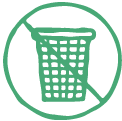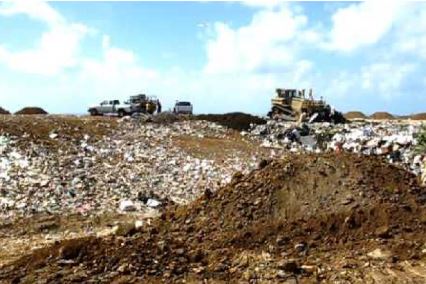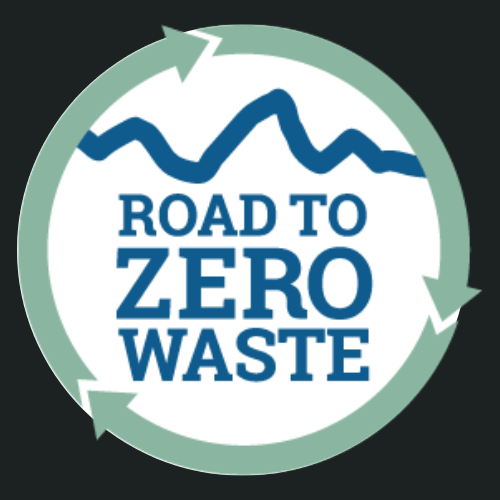
What is Zero Waste

The first step in understanding zero waste is understanding how materials flow through our society. With industrialization and convenience-based products, this flow has become increasingly linear – more and more raw materials are extracted from the earth, then manufactured, consumed and all too quickly, disposed of in landfills. This pattern leaves us with a one-way fast-track of valuable resources straight into the ground. Zero Waste is a movement towards a more circular flow of materials – a cycle in which the value and useable life of raw materials are extended through reduction, reuse, recycling and composting. Materials are absorbed either into nature as valuable nutrients or into the market economy as valuable commodities. Disposal into landfills is a last resort.
In Teton County, as in other communities with the goal of zero waste, it is important to understand that the “zero” is an ideal. Achieving this ideal involves incremental goals with measurable targets. The Teton County Road to Zero Waste Plan identifies the initial goal of 60% waste diversion from landfill or incineration by the year 2030. This will be a 26% increase from our current diversion rate of 34%. As technologies develop and processes evolve, the ability to achieve 100% diversion, or true zero, will become more possible.

Guiding Principles of the Teton County Zero Waste Resolution – restated, choose one location
- managing resources instead of waste;
- conserving natural resources through waste prevention and recycling;
- turning discarded resources into jobs and new products instead of trash;
- promoting products and materials that are durable and recyclable;
- discouraging products and materials that can only become trash after their use;
- using education as a tool to maximize community engagement.
